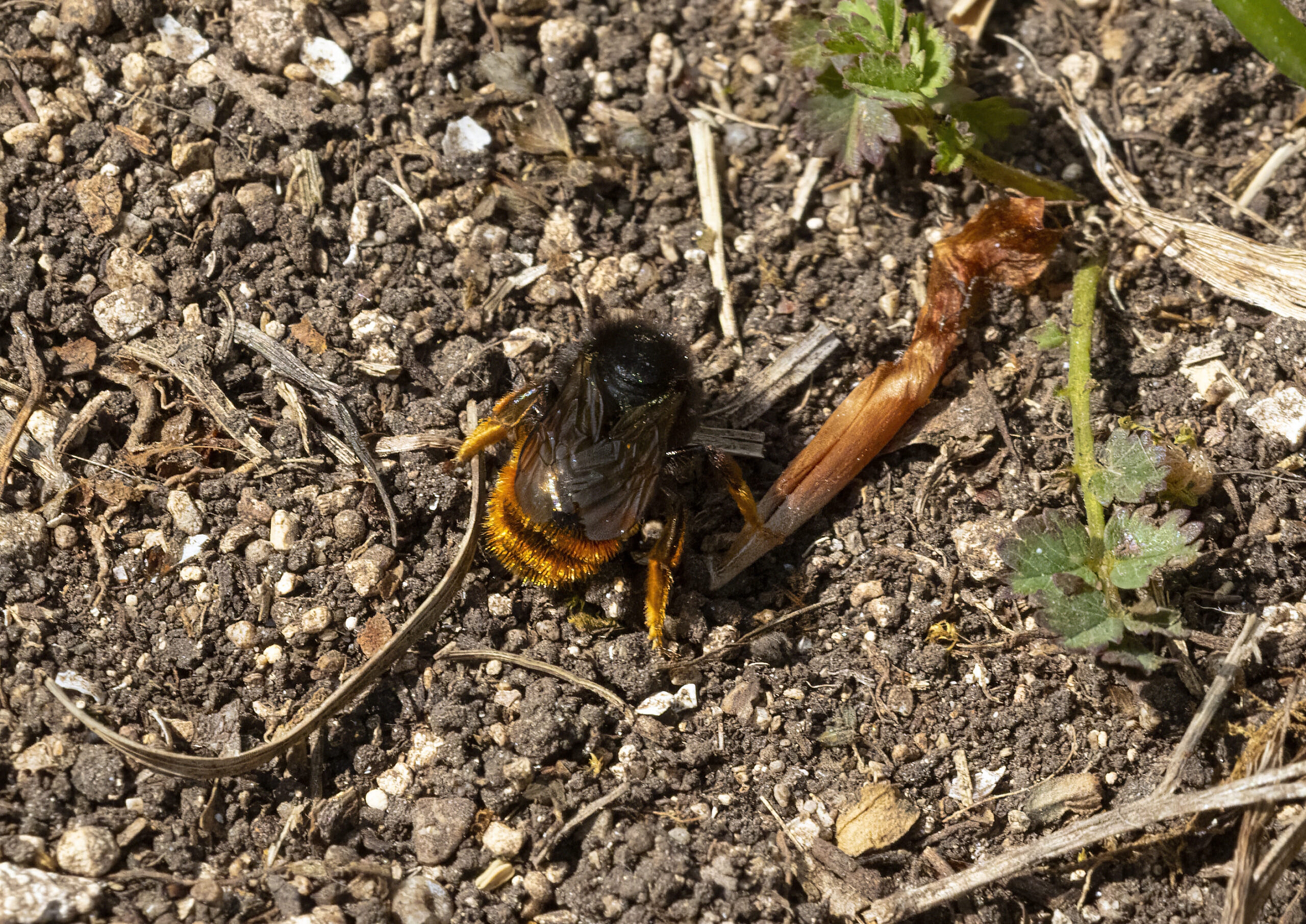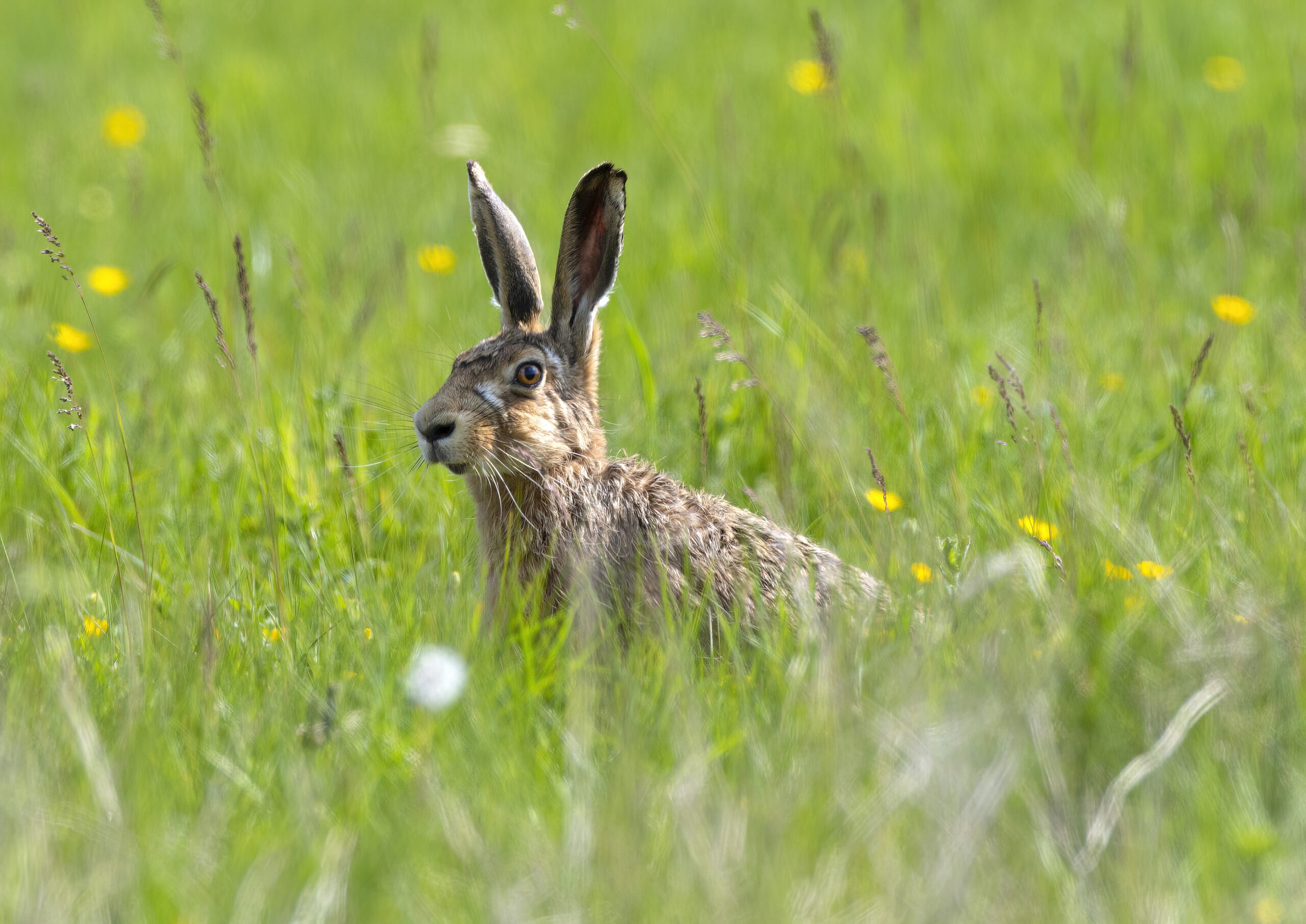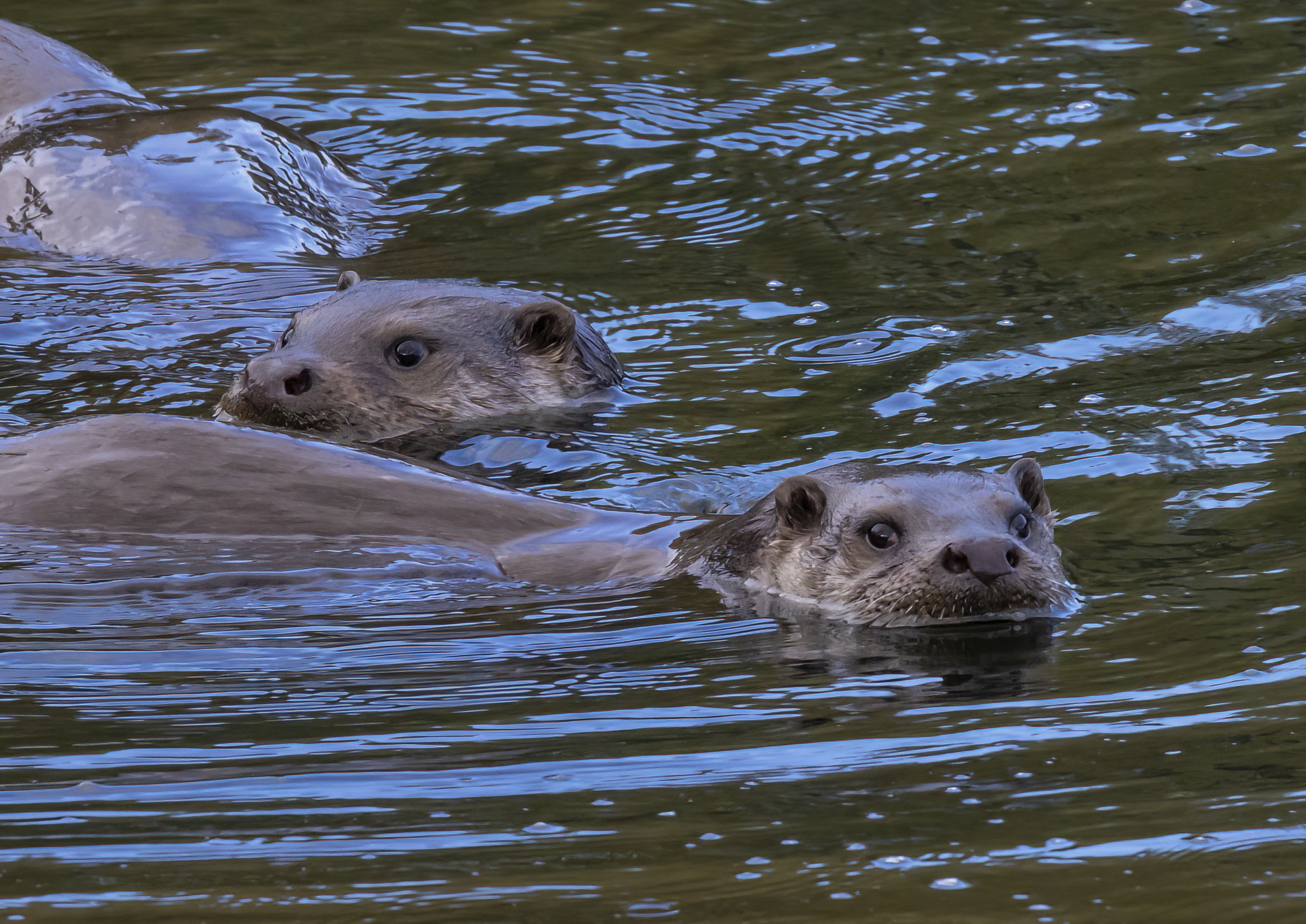It was a rainy day, and God’s kids were bored. God had a lot of work to see to, so he rooted around the house to see what he could find, and came up with a packet of cocktail sticks, a tube of glue and a watercolour paint set he had left over from working on the rainbow. He told his kids to entertain themselves and see what they could come up with he was working. And that, I am absolutely sure, is the only possible explanation for how damselflies came into being. Because no process as brutally selective as evolution could possibly have come up with them. The damselfly comes in red. Oh – and yellow and pink and green, and orange and purple and blue. And to ruin the song lyric, white and metallic green shades as well. Their eyes can be brown or blue or red or yellow or green, independent (seemingly) of their body colour. And to really drive anyone trying to identify them insane, they change colour as well. Newly-hatched damselflies (known as “tenerals”) frequently start off one colour and change to another. Females will sometimes start in one colour, then change colour to match the male.
Take the blue-tailed damselfly. It’s a fairly common species where I live in Wiltshire, and the male is easy to identify because it has a bright blue ring around its “tail” (actually, it’s a long abdomen – like someone had stretched you on the rack to an improbable degree). But the female blue-tailed comes in five different colour forms – blue is the normal, but it is also available in green, purple, orange and pink. The pictures below are both female blue-tailed damselflies.

As if that wasn’t enough, some completely different species of damselflies are so strikingly similar that you need a magnifying glass to tell them apart. Take the males of the “Emerald Damselfly”, and the “Scarce Emerald Damselfly” respectively, for example. Because both species change both eye colour and body colour on the way to adulthood, the only reliable indicator is that the Scarce Emerald has a tiny incurving bend to the tips of its inner anal appendages.
Yes, I really said that. And the inner anal appendages of a damselfly are perhaps a millimetre long. If, like me, you drove for several hours to get to a site where the Scarce Emerald is known to hang around, but where it occurs alongside the regular Emerald Damselfly, then all you can do is photograph every metallic green damselfly you see, and then zoom in on your camera screen and try and work out which it is by closely inspecting its naughty bits. It’s almost like watching pornography, but nowhere near as much fun.
But personally, I won’t hear a word against Damselflies. Because one thing these multicoloured marvels do, is eat midges. And anyone who has read my book (“Encounters – a journey to find and photograph some of Britain’s best-loved wildlife”) will know that I really, really hate midges, following an evening spent in the most midge-prone part of the UK. So here’s to damselflies, whatever their colour. And here’s to the poor male damselfly, who somehow has to recognise that the female of his species can come in a bewildering variety of colours. It seems that damselflies, at least, can’t afford to be prejudiced.





Social Profiles